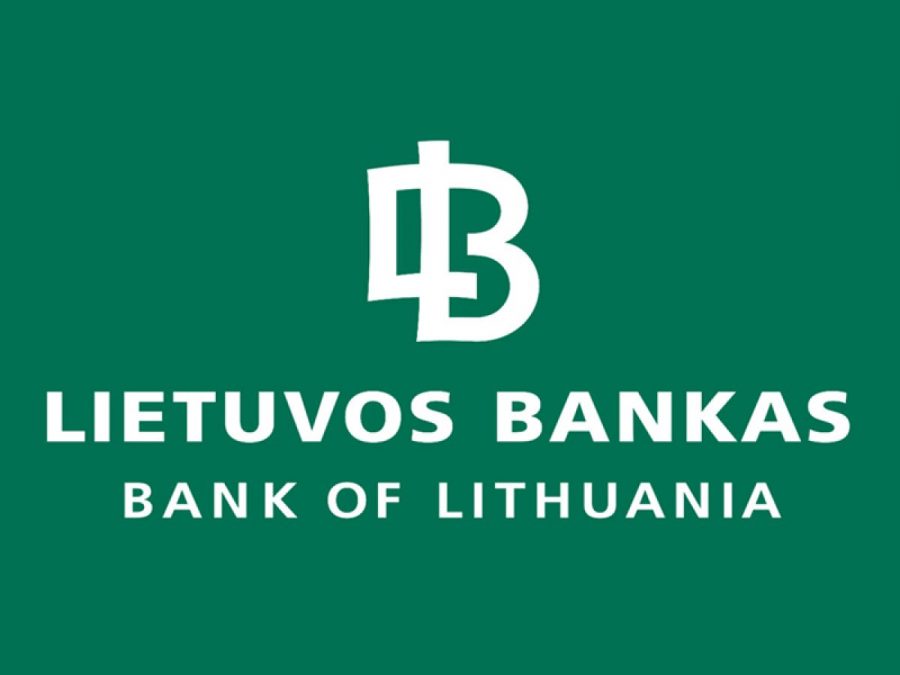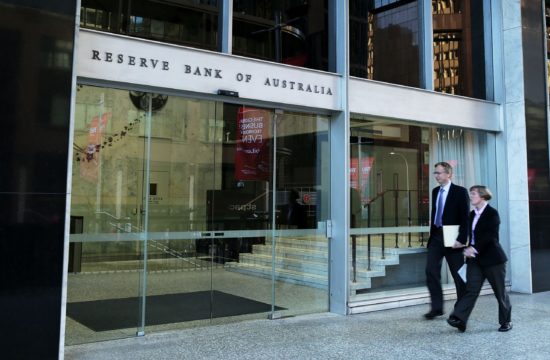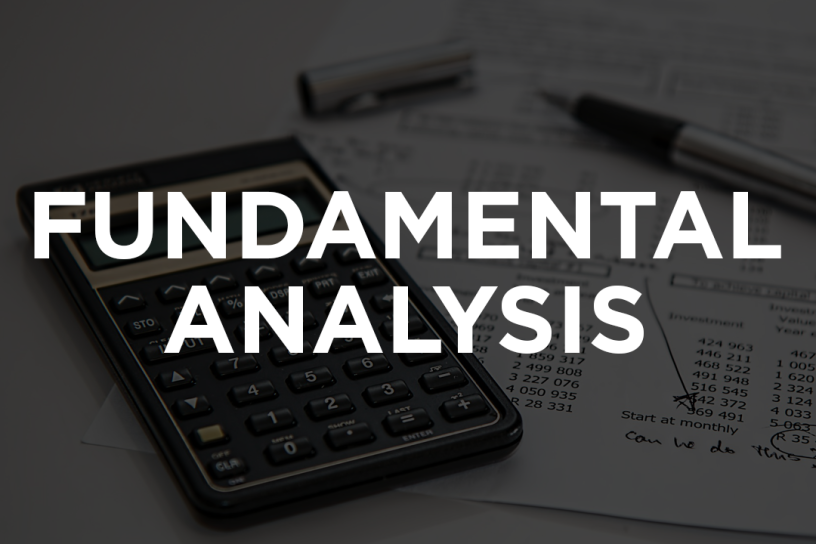At the end of 2019, a total of 115 electronic money institutions (EMIs) and payment institutions (PIs) operated in Lithuania, comprising a one-fifth increase compared to the previous year. According to the audited (where audit is mandatory) annual financial statements approved by the general meeting of shareholders, corporate income from licensed activities increased 1.6 times – from €41.08 million to €66.1 million. Within its supervisory mandate, the Bank of Lithuania mainly focused on the monitoring of compliance with anti-money laundering, own capital and customer funds protection requirements.
“The audited results on the performance of EMIs and PIs in 2019 confirm that the relatively new market does not lack drive to scale up business. Even though 54 institutions incurred losses, the sector’s annual profits reached €3.6 million, with the corporate income tax due amounting to €2.7 million. These institutions have created 605 job positions, with 545 of them occupied in Lithuania,” said Rūta Merkevičiūtė, Head of the Electronic Money and Payment Institutions Supervision Division at the Bank of Lithuania.
At the end of 2019, 67 EMIs and 48 PIs operated in Lithuania. In terms of licensed EMIs, the country is the leader in continental Europe.
In 2019, in terms of income generated through electronic money issuance and provision of payment services, the share of income earned by the three major market participants shrank, thus reflecting the expanding EMI/PI market. Having earned almost half of the sector’s income in 2018, the three major market participants accounted for only 31% of total income generated by the market in 2019, while income from licensed activities earned by the ten largest EMIs and PIs declined by 14 percentage points year-on-year – from 75% to 61% of the total sector’s income. The activities of these institutions were mainly focused on payment account services as well as issuance of payment instruments (e.g. payment cards) and processing of incoming payments. The amount of payment transactions executed by EMIs and PIs stood at €16.5 billion. The largest turnovers were generated by payments made by legal persons, with payments from/to the European Union being most prevalent in terms of the value of payment transactions. As regards the total amount of payment transactions executed over the last 12 months, almost one third of the market was held by Paysera LT, UAB, followed by Secure Nordic Payments, UAB, and UAB Perlas Finance. Payment transactions executed by these three EMIs accounted for 58% of the total amount of payment transactions.
Since the beginning of 2019, the Bank of Lithuania has conducted inspections of five EMIs and PIs (checks on money laundering risks), an analysis of money laundering risk management controls provided in documents of five EMIs and PIs, an analysis of adequate separation and protection of customer funds of 13 EMIs and PIs and one investigation regarding delays in execution of payment transactions.
In 2020, the Bank of Lithuania also started three more analyses on adequate separation and protection of customer funds and two analyses on the scope of the provided services, as well as conducted analyses of over 20 EMIs and PIs that have failed to commence their licensed activities. Since the beginning of 2019, due to irregularities detected in these areas, the Bank of Lithuania has revoked three licences, imposed 11 fines (totalling €538.6 thousand), two activity restrictions, issued one warning and three public notices on violations of legislation due to failure to comply with own capital requirements. The Bank of Lithuania’s supervisory priorities for 2020 remain the same.














